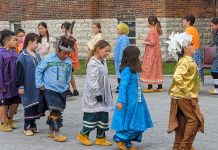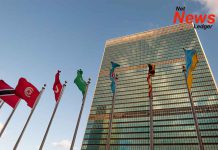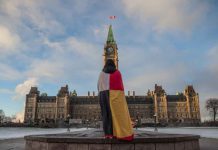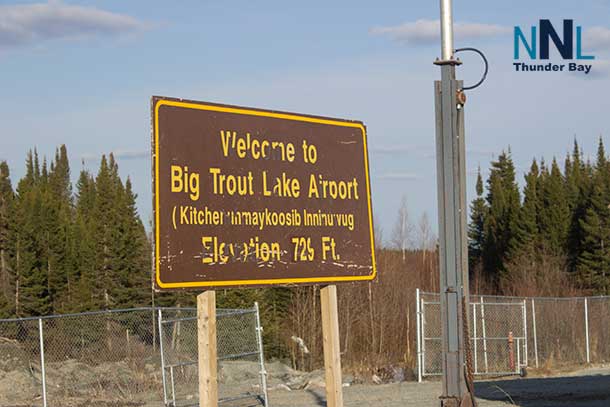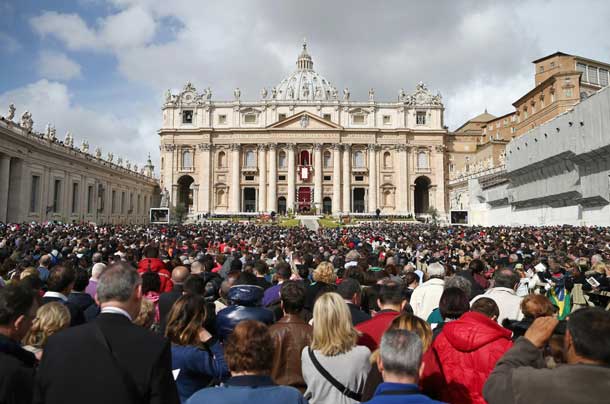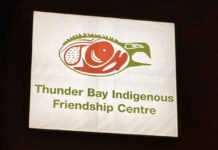KENORA —The Ontario government is providing $10 million to help support the identification, investigation, protection and commemoration of Indian Residential School burial sites across the province. The funding will also ensure that culturally appropriate, trauma-informed mental health supports are available for Indian Residential School survivors, their families and Indigenous communities.
“Like all Ontarians, I was heartbroken by the news of a burial site containing the remains of 215 Indigenous children at the former Indian Residential School in Kamloops, British Columbia,” said Premier Doug Ford. “That is why our government is partnering with Indigenous communities to address the loss of generations who are no longer with us, and the continued loss experienced by residential school survivors and their families. As we advance meaningful reconciliation, it is important that all of us continue to deepen our collective understanding of the legacy of the Indian Residential School system.”
Across Canada, over 150,000 Indigenous children were forcibly removed from their families and communities and sent to Indian Residential Schools between 1870 and 1996. According to the Truth and Reconciliation Commission of Canada, there were 18 Indian Residential Schools in Ontario; the last of these closed in 1991, with some sites since repurposed, abandoned or destroyed.
“We know that the tragic findings at a former Indian Residential School site in British Columbia are sadly not an anomaly,” said Greg Rickford, Minister of Indigenous Affairs. “Indigenous leaders and Ontarians are looking to governments to commit to the work of investigating Indigenous Residential School burial sites on a priority basis and our government is taking action to support this process through to completion.”
Ontario is working in collaboration with Indigenous leaders to establish processes that will guide the work related to Indian Residential School site identification, investigation, protection and commemoration. Initial site identification will be the first step in a much more extensive process, pending the wishes of the affected families and communities.
The province will identify technical experts, including archaeologists, forensic specialists and historians, available to lead the related research, analysis and technical field work required and ensure it is conducted to the highest standard. Indigenous communities will have the option to work in conjunction with Ontario specialists, such as those provided by the province’s Centre of Forensic Sciences and the Office of the Chief Coroner/Ontario Forensic Pathology Service.
As Ontario continues to advance meaningful reconciliation, the province will also work with Indigenous partners to explore opportunities to deepen Ontarians’ collective awareness and understanding of the legacy of the Indian Residential School system.
Quick Facts
- Roughly 8,000 of Canada’s estimated 80,000 Indian Residential School Survivors lived in Ontario at the time of the Indian Residential School Settlement Agreement.
- The Truth and Reconciliation Commission (TRC) estimated that at least 426 children who attended Indian Residential Schools in Ontario are known to have died, while an unknown number are still missing.
- The TRC research identified 12 locations of unmarked burial sites in Ontario; there are likely more.
- The Seven Generations Education Institute is an Indigenous-led educational organization providing high school and post-secondary education, training for employment opportunities and cultural programming to all Indigenous and non-Indigenous people in the Treaty Three area and beyond.

